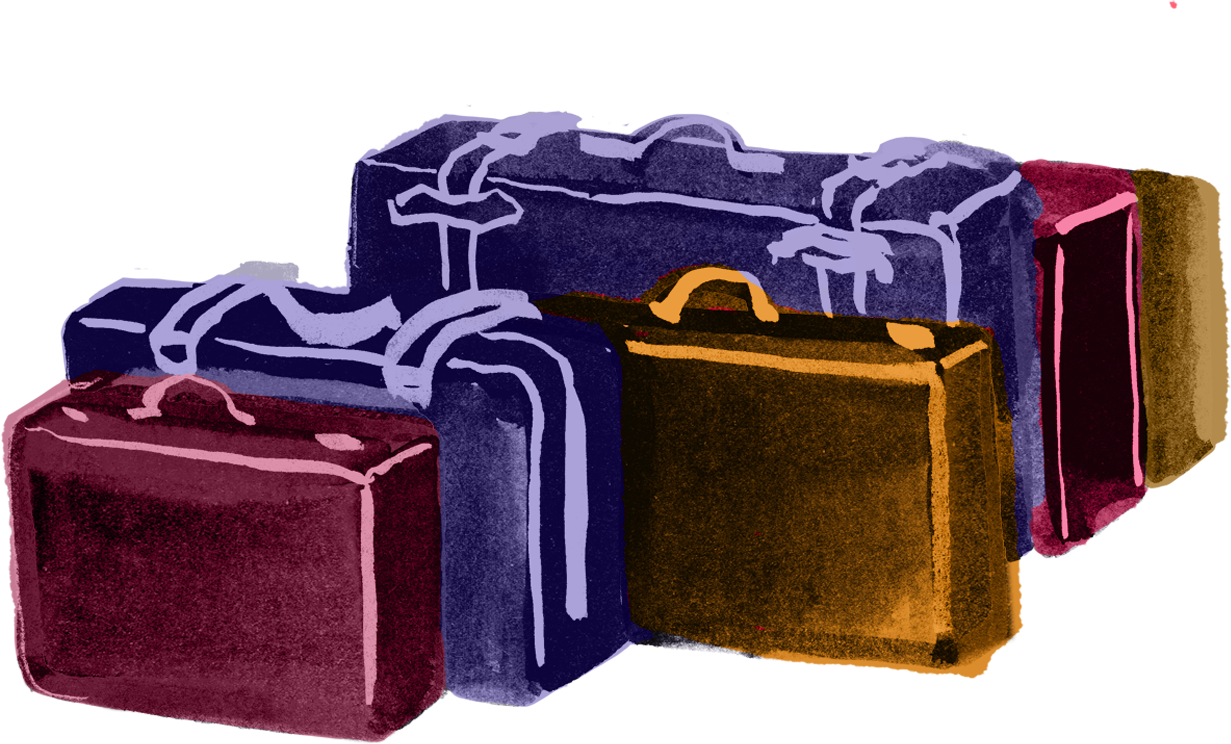Our 2025 season Lights in the Dark at the Southbank Centre and Royal Albert Hall is dedicated to music written during turbulent times in history and despite composers' difficult personal circumstances, demonstrating how music can be a method for working through and reckoning with such experiences. We commissioned artist Shadric Toop to create a piece of art that incorporated many of the key elements and subjects of the music featured in the season - take a look at our breakdown of what each unique character, object and symbol represents below.

22.
|






















